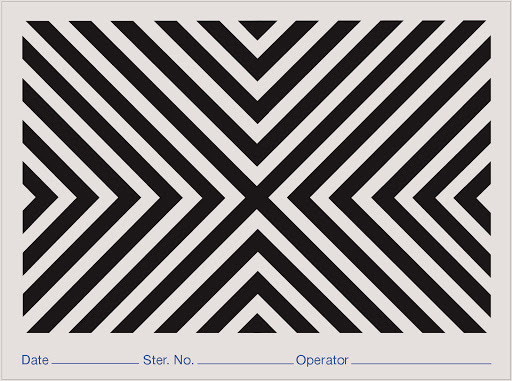Troubleshooting
The first step in troubleshooting is to verify that the vacuum system is performing properly.
- Have cycle parameters been changed to reduce the number of pre-vac or depth of prevacs?
- Vacuum pump seal water temperature must be below 70 degrees F.
- Water pressure to the ejector must be greater than 50 psig.
- Check for foreign material in the ejector.
There are two possible causes of a failed Bowie Dick test:
- Air not completely removed by pre-vac pulses
- Air leaking into chamber while under vacuum

The second step is a quick inspection of the most common causes of chamber leaks.
- Verify by independent test gauge that steam or air pressure to the seal gasket is set at 30-32 psig. Replace the gasket if worn or damaged. Use Dow Corning 111 silicone grease to lube the gasket.
- Inspect check valves common to the chamber for wear, damage, or foreign material that could be preventing a proper seal.
- Remove the air in filter and plug solenoid valve to verify that the valve is not leaking.
- Inspect for a loose pressure transducer.
- Remove and plug the chamber gauge and tubing.
- Verify that the RTD ferrule is not leaking.
- (While performing a vacuum test only!) Remove and plug the chamber safety valve to verify that the valve is not leaking. Replace the safety valve immediately and do not leave sterilizer unattended under any circumstances.
NOTE: Steam leaks to the chamber will not cause a Bowie Dick failure…only air leaks will!!!
The third step involves a chamber leak test.
Pipe fitting leaks (common during installation start-ups) often are due to the affects of transportation and handling. Vacuum leaks and pressure leaks are not the same! Looking for steam or condensate leaks while the chamber is pressurized is not a valid test for vacuum leaks.
If you need sterilizer service be sure to call Keckler Medical’s team of experts.
